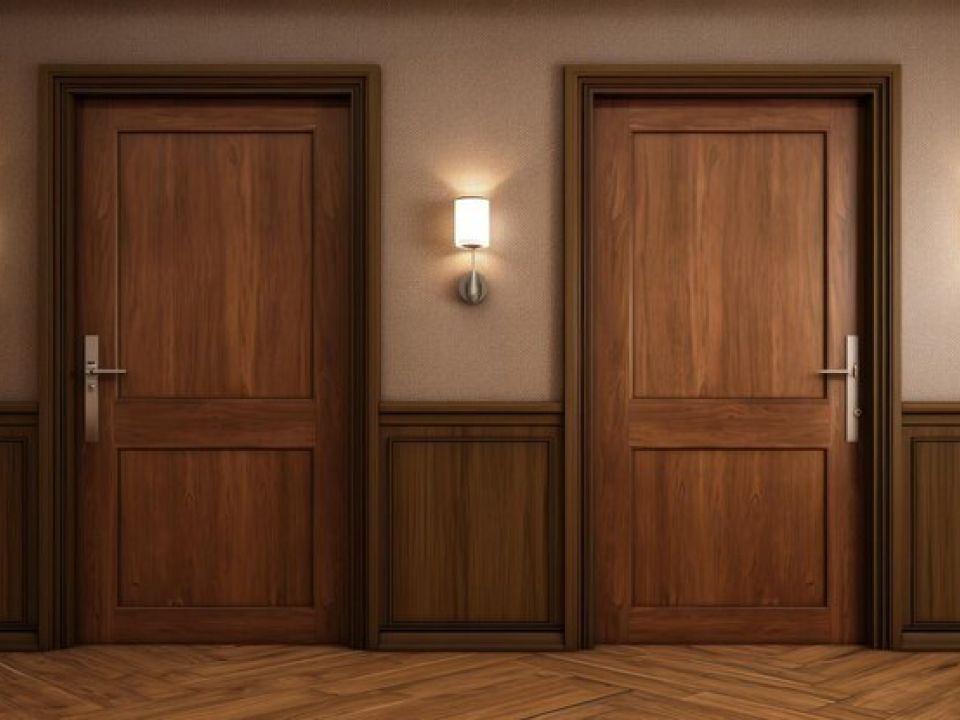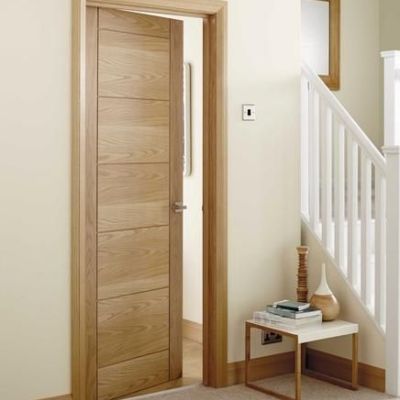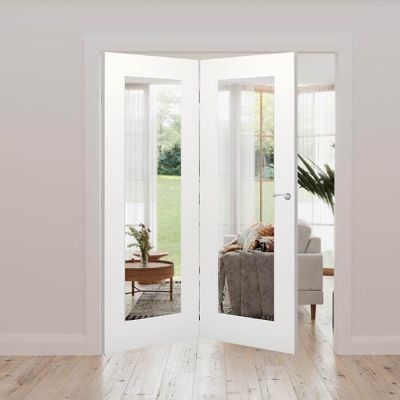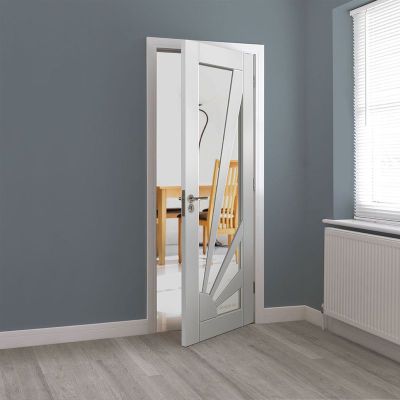Internal Doors: A Journey Through Time - From Traditional to Contemporary Styles

Internal doors are often seen as purely functional elements, but they play a much larger role in shaping the aesthetics and character of your home. From the grand entrances of yesteryear to the sleek minimalism of modern design, internal doors have evolved throughout history, reflecting the architectural styles and cultural preferences of each era. This article delves into the fascinating world of internal doors, tracing their journey from traditional elegance to contemporary functionality.
A Glimpse into the Past: Traditional Internal Door Styles
Traditional internal doors, often found in period homes and historical buildings, exude timeless elegance and craftsmanship. Here's a closer look at some popular styles:
-
Paneled Doors: Featuring raised or recessed panels, these doors add a touch of detail and sophistication to a space. They come in various configurations, from single panels to more elaborate six-panel designs. Paneled doors were particularly popular during the Georgian, Victorian, and Edwardian eras.
-
French Doors: Double hinged doors with glass panes, French doors create a sense of openness and allow for ample light flow. They were commonly used in grand reception rooms and formal dining areas, adding a touch of grandeur.
-
Pocket Doors: While not exclusive to traditional styles, pocket doors became popular during the Victorian era. These doors disappear into a pocket built into the wall, offering a space-saving solution and a clean aesthetic that complements traditional hallways and libraries.
-
Beaded Doors: These doors feature decorative moldings or raised beadwork along the edges of the panels, adding a touch of visual interest. They were particularly popular during the Arts and Crafts movement, which emphasized handcrafted details and natural materials.
Materials and Finishes: Reflecting the Essence of Tradition
Traditional internal doors were often crafted from solid wood, such as oak, mahogany, or walnut. These hardwoods offered durability, beauty, and excellent soundproofing properties. Finishes were typically deep and rich, showcasing the natural wood grain. Brass or iron hardware complemented the overall elegance of these doors.
Embracing Modernity: Contemporary Internal Door Styles
As design trends shifted, so did the style of internal doors. Modern internal doors prioritize clean lines, minimalist aesthetics, and functionality. Here are some hallmarks of contemporary door styles:
-
Flush Doors: Flat-panel doors with a smooth surface define contemporary design. They offer a sleek and streamlined look, seamlessly integrating into modern interiors. These doors come in various materials like wood, wood veneer, or even lacquered finishes.
-
Glass Doors: Offering unparalleled light flow and a sense of openness, glass doors are a popular choice in contemporary homes. Clear, frosted, or tinted glass options cater to varying privacy needs while maintaining a modern aesthetic.
-
Pivot Doors: These dramatic doors pivot on a central hinge, creating a grand entrance and adding a touch of luxury to a modern space. They are ideal for large openings or connecting living areas.
-
Barn Doors: While not strictly contemporary, barn doors have gained popularity in modern interiors. These sliding doors with a rustic charm add a unique focal point and can be particularly suitable for lofts or open-plan living spaces.
Function Over Form: The Focus of Modern Doors
Modern internal doors prioritize functionality alongside aesthetics. Here are some key features to consider:
-
Concealed Hardware: Taking minimalism a step further, some modern doors feature concealed hinges and handles. This creates a seamless, almost invisible look, further emphasizing clean lines.
-
Pocket Doors: Epitomizing space-saving functionality, pocket doors disappear into the wall when opened. This not only saves floor space but also creates a clean and uncluttered aesthetic, a hallmark of modern design.
-
Smart Integration: Modern homes embrace smart technology. Consider doors with integrated smart locks or sensors that can be controlled remotely or via voice assistants, adding a touch of convenience and security.
Beyond Style: Material Innovations in Modern Doors
Modern advancements have led to a wider range of materials for internal doors. Here are some popular options:
-
Engineered Wood: A cost-effective alternative to solid wood, engineered wood doors with wood veneer finishes offer a variety of styles and textures that can complement modern aesthetics.
-
Glass: Whether clear, frosted, or tinted, glass doors are ideal for maximizing light flow and creating an open feel. Consider tempered glass for added safety, especially for larger panels or doors with children or pets in the house.
-
Metal: Metal doors in finishes like brushed aluminum or sleek black can add an industrial-chic touch to a modern space. They are particularly well-suited for minimalist styles and statement entrances.
Conclusion
From the timeless elegance of traditional styles to the sleek functionality of contemporary designs, there is a perfect internal door waiting to elevate your home. Here are some final thoughts to consider when making your selection:
-
Matching Your Style: Consider your home's overall design aesthetic. Traditional doors complement period homes, while contemporary styles suit modern spaces. However, there's always room for creative exploration! Mixing and matching elements from different styles can create a unique and personalized look.
-
Functionality First: Beyond aesthetics, assess the functional needs of each space. Consider privacy requirements, soundproofing, and space limitations when choosing doors for bedrooms, bathrooms, or living areas.
-
Flow and Traffic: Think about the flow of traffic within your home. Swing doors might be suitable for high-traffic areas, while sliding or folding doors can be ideal for space-saving purposes in hallways or smaller rooms.
-
Professional Installation: For optimal functionality and aesthetics, consider having your internal doors professionally installed. A skilled installer will ensure proper alignment, avoid warping, and guarantee smooth operation.
FAQ's
Q: Can I update the look of my existing traditional doors?
A: Yes! Painting your traditional doors can be a cost-effective way to refresh their look and integrate them into a more contemporary aesthetic. Ensure proper cleaning, sanding, and priming before applying paint.
Q: How can I incorporate modern elements into a traditional home?
A: Consider using glass inserts in traditional paneled doors to allow for more light flow. Additionally, modern hardware with clean lines can update the look of your existing doors.
Q: Where can I find inspiration for internal door styles?
A: Numerous resources can inspire you. Browse online interior design websites, visit showrooms of reputable door manufacturers, or consult with an interior designer for personalized recommendations. Looking through architectural magazines or design blogs can also spark creative ideas.
Looking to enhance your period home with bespoke craftsmanship? At Old English Doors, we specialise in creating custom wooden doors, windows, porches, and more - designed to reflect your home’s unique charm. Contact us today for a personalised quote and bring timeless elegance to your property.


